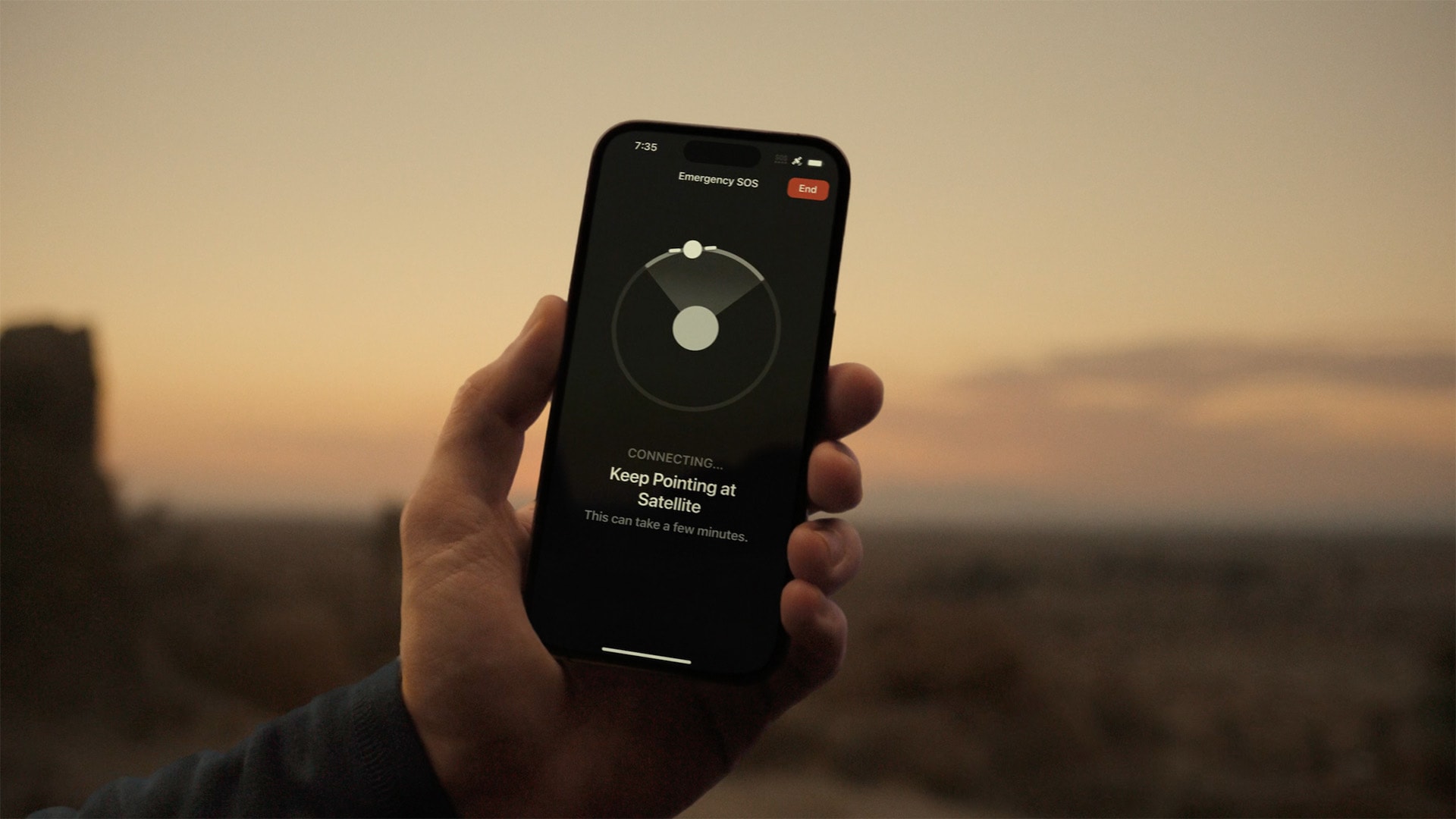
At the iPhone 14 event in September, Apple talked a lot about the new features of the iPhone 14 and iPhone 14 Pro that could save your life. If, say, you ever have an accident or if you ever find yourself without cell service, your iPhone 14 now has a failure detection and SOS via satellite, which will transmit a message to emergency services when you’re disconnected.
Although you’ll hopefully never have to use Apple’s new satellite SOS feature, but if you ever find yourself somewhere without cell service, it’s nice to know that Apple has figured out how to build in satellite radio just in case.
Look, no one should buy a new iPhone just because they want to send satellite text messages. You can’t. This feature is useless for anything other than calling a rescue team when you’re out of range of your cellular carrier.
Of course, there are more powerful satellite devices. For example, Garmin makes a number of devices that can do more than just send a predetermined message based on your answer to a series of questions. Many of them will even allow you to send text messages to friends or family even in non-emergency situations.
The thing is, if you have one of these devices, you probably already know what to do. You may still get lost or need help, but you’re probably not wondering how to get help if you need it.
On the other hand, millions of people will be carrying one of the new iPhones. Most of them would never think they would have to go to emergency services. However, if they find themselves in that situation, Apple will make sure that they have a better chance of getting help. Best of all, Apple has gone to great lengths to make sure you know how to use if you need it.
Now that this feature is available with the latest iOS 16 update, Apple has created a demonstration so you know what to do in case of an emergency. This is probably the most impressive thing about the entire feature.
Obviously, if you’ve ever found yourself in an emergency situation where you can’t call for help, there’s a good chance it will be stressful. This is not the best time to try to figure out how to use the feature.
Testing the feature is useful to make sure you know how to use it, but you’re not just practicing dialing 911. Every young child is taught that you only do it in a real emergency. You also don’t want to practice sending satellite SOS messages. First, this feature only works under certain circumstances, so you probably wouldn’t be able to “test” it if you wanted to. Second, it probably makes more sense now to send messages asking for a rescue team.
Apple’s demo is a rehearsal of what you would do if you were in a situation where you needed to use the service. The demonstration begins by turning off the cellular radio service on your device, since the prerequisite for sending a satellite message is that you do not have regular cellular service. It will then walk you through pointing your phone at the sky to establish a satellite connection and send a message.
At first it was unclear if I was actually connecting to a satellite or if it was just an elaborate video game. I also tried a demonstration indoors and it said it couldn’t connect, which leads me to believe that the iPhone is actually looking for satellites.
One of the most impressive things is that Apple has managed to make the experience extremely realistic, as well as making it clear that you are not sending an emergency message. The company clearly thought a lot about giving users a rehearsal of what they would need to do in an emergency, while eliminating the worry about “will the rescue team be looking for me while I’m standing here in the backyard. ?”
Obviously, the best thing about Apple’s new feature is that it can actually save your life. The company has figured out how to put tiny satellite radios in your new iPhone, and has built an entire infrastructure around a feature that most people will never use.
Apple even has employees who will relay your messages if you’re in an area where emergency services can’t receive text messages. That’s a lot of work for something he hopes you’ll never need. What’s more, he has made an effort to make sure you know how to use it if you do.


